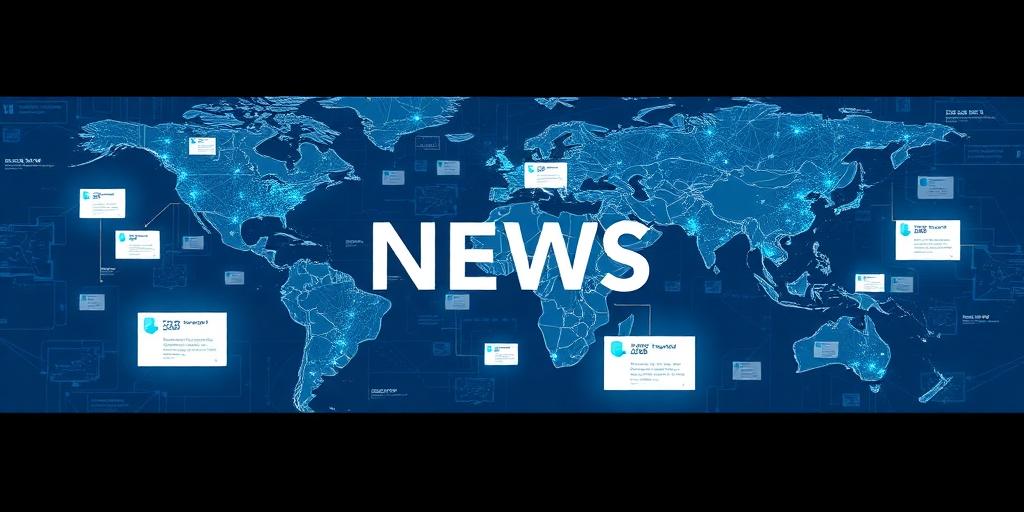The Impact of Technology on World News Dissemination
Technology has profoundly reshaped the way world news is disseminated, consumed, and understood. From the printing press to the internet, each technological advancement has brought about significant changes in the speed, reach, and nature of news.
Historical Overview
The printing press revolutionized news dissemination by enabling mass production of newspapers and pamphlets. This led to increased literacy and public awareness of current events. Radio and television further accelerated the process, providing real-time audio and visual coverage. However, these traditional media still operated within the constraints of time and geographical boundaries.
The Digital Revolution
The advent of the internet marked a paradigm shift. Online news platforms, social media, and mobile devices have created a 24/7 news cycle, transcending geographical limitations. Key impacts include:
- Speed and Immediacy: News breaks faster than ever, with events often reported in real-time via social media.
- Global Reach: News from any corner of the world is instantly accessible to a global audience.
- Accessibility and Convenience: Mobile devices allow individuals to access news anytime, anywhere.
- Diversification of Sources: Online platforms have enabled a proliferation of news sources, including independent journalists and citizen reporters.
Challenges and Considerations
While technology has democratized news dissemination, it has also introduced challenges:
- Misinformation and Fake News: The ease of creating and sharing content has led to the spread of false or misleading information.
- Echo Chambers and Filter Bubbles: Algorithms can create personalized news feeds that reinforce existing beliefs, limiting exposure to diverse perspectives.
- Privacy Concerns: Data collection and surveillance technologies raise concerns about the privacy of news consumers and sources.
- Digital Divide: Unequal access to technology and internet connectivity can exacerbate existing inequalities in news consumption and awareness.
The Future of News Dissemination
Emerging technologies like artificial intelligence (AI) and blockchain have the potential to further transform news dissemination. AI can assist in fact-checking and content curation, while blockchain can provide secure and transparent platforms for news distribution. However, these technologies also pose new challenges that must be addressed to ensure responsible and ethical use.
Conclusion
Technology has fundamentally altered the landscape of world news dissemination. While it offers unprecedented opportunities for accessing and sharing information, it also presents challenges related to misinformation, privacy, and inequality. Navigating these challenges will be crucial to ensuring that technology serves to inform and empower individuals and communities worldwide.









